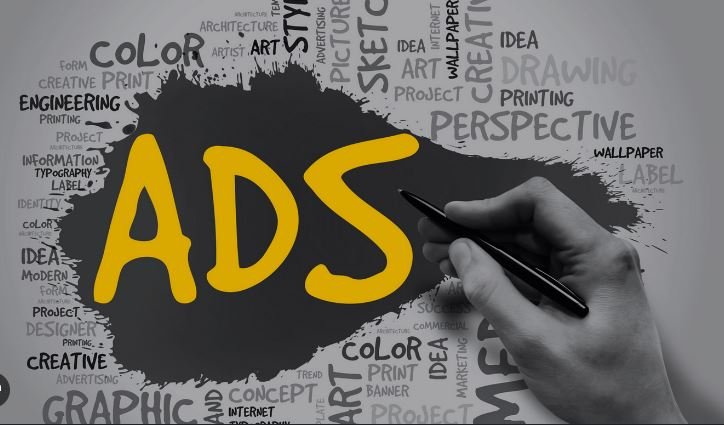The evolution of online advertising illustrates how digital marketing has transformed over the years, adapting to new technologies and consumer behaviors. From its early days with simple banner ads to the advanced programmatic advertising systems of today, online advertising has continually evolved to meet the needs of both advertisers and consumers. Understanding this evolution helps businesses stay ahead in the competitive digital landscape.

1. Early Days of Online Advertising
The evolution of online advertising began in the mid-1990s with the introduction of banner ads. These early ads were simple, static images placed on websites. They aimed to drive traffic through clickable links. Banner ads marked the first step in online advertising, but they were limited in terms of targeting and measurement.
As the internet grew, advertisers started experimenting with different formats and strategies. Pop-up ads and interstitials became popular, offering more ways to capture user attention. However, these formats often faced criticism for being intrusive and disruptive, leading to a search for more effective and user-friendly advertising methods.
2. The Rise of Search Engine Advertising
The evolution of online advertising took a significant turn with the rise of search engine advertising in the early 2000s. Google AdWords, now known as Google Ads, revolutionized online advertising by introducing a pay-per-click (PPC) model. This model allowed advertisers to place ads alongside search results based on keywords.
Search engine advertising offered several advantages over earlier methods. It provided more precise targeting, as ads were shown to users actively searching for relevant terms. Additionally, advertisers could track performance metrics such as click-through rates (CTR) and conversion rates, allowing for better optimization of ad campaigns.
3. The Emergence of Social Media Advertising
The development of online advertising continued with the emergence of social media platforms in the mid-2000s. Platforms like Facebook, Twitter, and LinkedIn introduced new opportunities for advertisers to reach audiences based on their interests, behaviors, and social connections. Social media advertising allowed for more granular targeting and engagement compared to traditional methods.
Social media platforms offered various ad formats, including sponsored posts, video ads, and carousel ads. These formats enabled advertisers to create engaging and interactive content that resonated with users. The ability to leverage user-generated content and social proof further enhanced the effectiveness of social media advertising.
4. The Advent of Programmatic Advertising
The evolution of online advertising reached a new milestone with the advent of programmatic advertising in the 2010s. Programmatic advertising uses algorithms and real-time data to automate the buying and selling of ad inventory. This technology enables advertisers to target specific audiences with precision and optimize ad spend efficiently.
Programmatic advertising operates through platforms like Demand-Side Platforms (DSPs) and Supply-Side Platforms (SSPs). DSPs allow advertisers to bid for ad space across multiple websites, while SSPs help publishers sell their inventory. This automation streamlines the ad buying process and enhances the effectiveness of digital campaigns.
5. The Future of Online Advertising
The evolution of online advertising is likely to continue with advancements in technology and data analytics. Emerging trends include the use of artificial intelligence (AI) and machine learning to enhance targeting and personalization. AI-powered tools can analyze vast amounts of data to predict user behavior and optimize ad delivery in real-time.
Additionally, privacy concerns and regulations are shaping the future of online advertising. As data protection laws become more stringent, advertisers will need to adapt their strategies to comply with new standards while maintaining effective targeting and engagement.
Conclusion
The evolution of online advertising showcases a journey from simple banner ads to sophisticated programmatic systems and social media strategies. Each stage of this evolution has brought new opportunities and challenges for advertisers. As technology continues to advance, online advertising will likely keep evolving, offering innovative ways to reach and engage audiences. Staying informed about these changes will help businesses leverage the latest trends and maintain a competitive edge in the digital marketplace.




